.
How Many Homes?
—January 2025 Los Angeles wildfires
Twelve thousand lost, from stricken memories more
Schools, churches, meeting places, shops and homes
Of residents and others moved away,
Bereaved of yesterday disastrously.
The concrete evidence that life was lived
In cool or agonizing passageways
Lies toxic waste in space outlined by streets
Or canyons where five conflagrations soared.
Somehow the squalid ash will be restored,
Determined voices passionately say,
Charred trash be cleared for rooms where changed life roams,
Not left for stranger homesites unexplored.
The bygone panoramas negatived
Had angels waiting in the wings before.
.
.
How Many Souls?
―control tower voice moments after midair collision January 29, 2025
May God have mercy on unready souls,
Trusting to the air, with casual prayer,
Two aircraft on the way to Washington,
Families to be severed in the river,
Students, hunters, skaters unaware . . .
My God, my God, could one have been my son,
Dead in Potomac chill without a shiver?
Unconcerned with whether they had sinned,
Frightful flashes passing at warp speed:
Could these have been enough to redirect
Minds hurtling downward through unthreatening wind?
The crash, the shock of unaccompanied
Split seconds for the desperate intellect
Incapable of rounding out existence.
.
.
Margaret Coats lives in California. She holds a Ph.D. in English and American Literature and Language from Harvard University. She has retired from a career of teaching literature, languages, and writing that included considerable work in homeschooling for her own family and others.




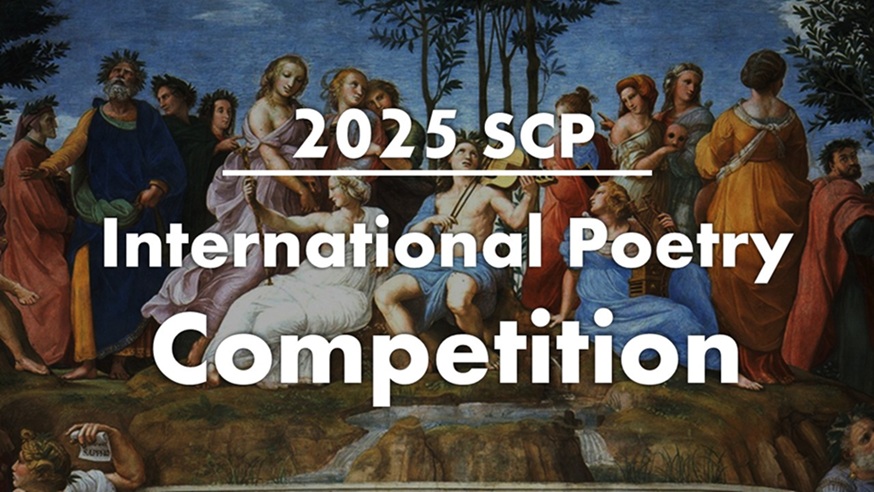
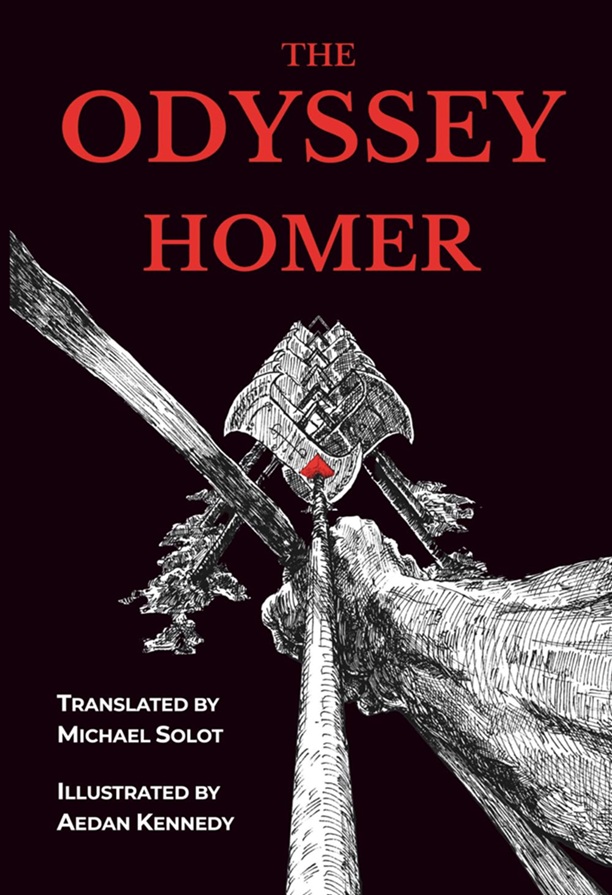

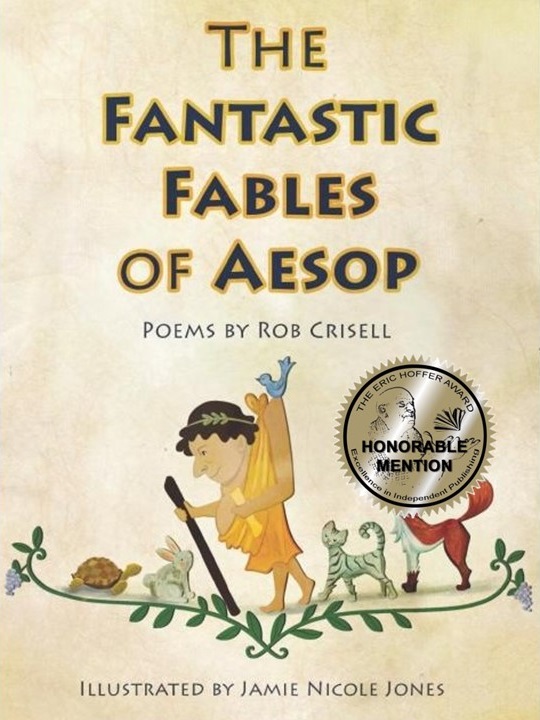
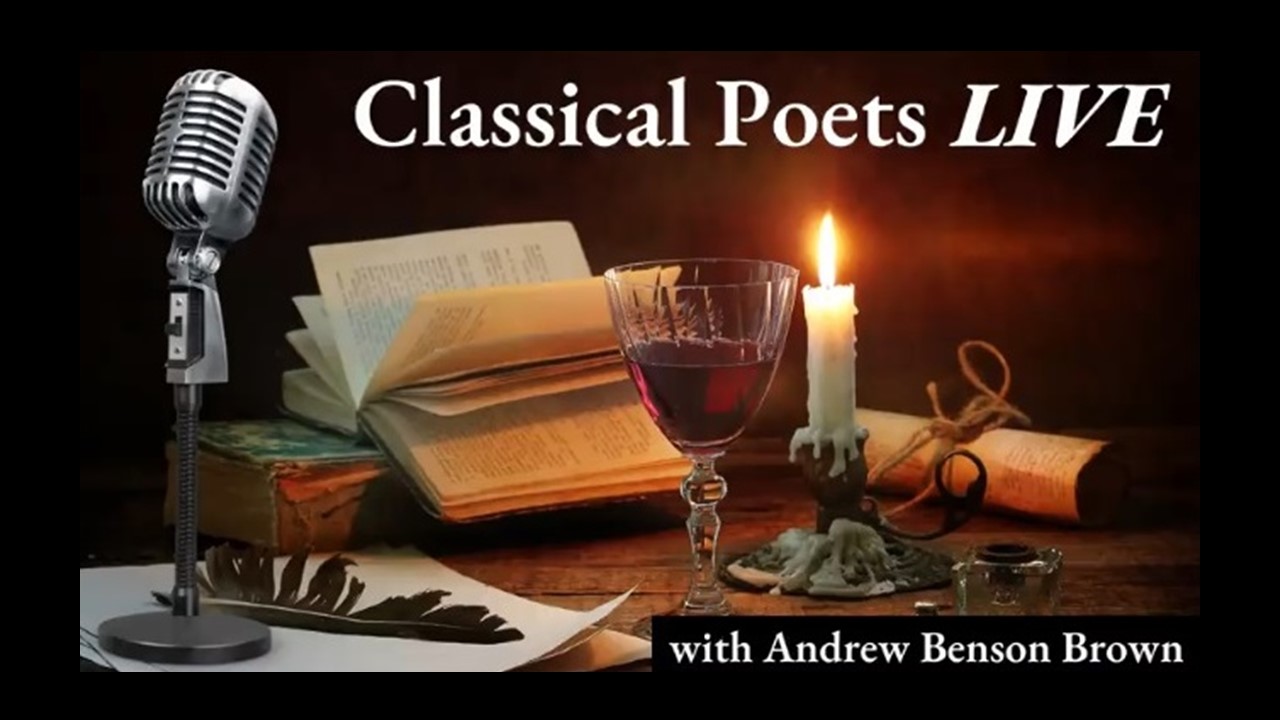

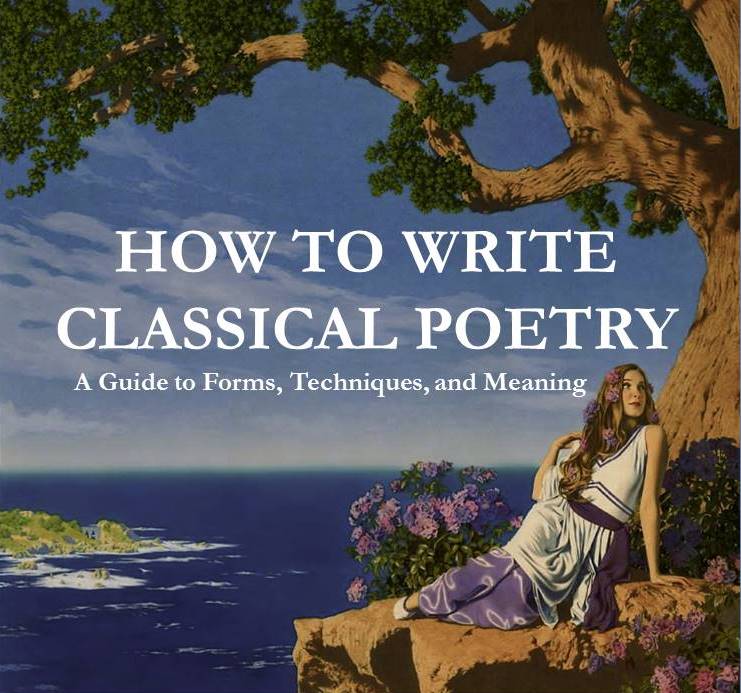




Margaet, these are two lachrymose poems of two recent terrible events that seared the soul of our nation. The first memorializes the highly destructive California wildfires along with the perspective for rebuilding. The second disaster is perfectly punctuated by the frightening thought of the possibility of a loved one being on board one of the flights. When I was in training to be an Army Attache in Moscow, on January 13, 1982, Air Florida Flight 90 crashed into the Potomac River after taking off from what was then Washington National Airport. That plane struck the 14th Street Bridge just a few miles from the White House, crushing multiple cars and killing four motorists. Seventy of the passengers and four of the five crew members aboard the Boeing 737 also were killed. I happened to be living in an apartment in Rosslyn, Virginia at the time within a few hundred yards of the crash. The reason for the crash was ice on the wings. I thought at the time the plane could have struck our apartment building. Coincidentally, a person I knew from a nearby town in West Texas, Roger Pettit, was the copilot. I had played sports against him. The randomness of such events is my point, and I believe coincides with one of the points you made. Your rhyme scheme was fascinating and creatively unusual requiring considerable thought, though with your intellect and verbal capabilities much easier for you.
Thanks for your comment, Roy, and may God have mercy on your acquaintance Roger Pettit. The Air Florida crash in 1982 has also entered American collective memory, so I recall that the only crew member who survived was a stewardess pulled out of the Potomac by a young government employee who jumped into the freezing waters on the chance he could save one injured person before himself being incapacitated by the cold. I have heard a talk given by a surviving passenger who managed to grasp a line let down by a helicopter, and to scoop up a woman he knew would be unable to hold onto it. When they got to a hospital, it turned out the man had many broken bones. He never entirely recovered, but lived to tell!
I wrote the midair collision sonnet the night of the event, trying for some rhyming lines, but also thinking I could revise the rhyme scheme later. Though I did change information as the passenger list came out during following days, every rhyme word published here comes from the unplanned draft. The scheme is xabcabc defdefx. Unrhymed lines are x. The turn comes exactly at the halfway point.
Thoughts of my son came up not so much because he lives in Kansas City (different airport than Wichita where the fallen airliner had originated), but because he was in a near-disaster while flying to college. Heard a noise, looked out the window, and saw the nearest jet engine in flames! Thanks be to God, the plane made a safe emergency landing. You are right that events like this are random from our point of view. And more frightening when we imagine the possibility of self or friends or loved ones being involved. Glad Air Florida 90 missed your apartment building!
Margaret,
“the shock of unaccompanied
Split seconds for the desperate intellect
Incapable of rounding out existence.”
Makes me think about the old cliche, “My life flashed before my eyes!” Is that even possible? You rephrase the concept beautifully!
P.S. – I’m sure you’ve read this before, but, in regards to your first sonnet, I couldn’t help thinking of Bradstreet’s poem on the burning of her home:
https://www.poetryfoundation.org/poems/43707/verses-upon-the-burning-of-our-house-july-10th-1666
I guessed from the date of the fire, 1666, that the poem referred to The Great Fire of London, but that was two months after Anne Bradstreet’s house burned down!
And her house was on the other side of the Atlantic!
Oh, that I didn’t know.
Thanks, Jeremiah, for your praise and for bringing up the Anne Bradstreet poem. She expresses many of the feelings we’ve heard again and again from Angelenos who lost everything except life and family.
As for life flashing before one’s eyes in a disaster moment, I’ll say that both my son and I, who’ve been in separate planes that could have crashed a few years apart, experienced something different. Rather than go through my past, I was thinking what can I do now, and what should I do now, that I may have only seconds left? The answer is pray. My son did what I think is more typical for a much younger adult: he thought of the future, did not believe the disaster would happen to him even though it could have been imminent, and hoped himself out of it. Of course neither of us had reached the point where disaster seemed certain.
One thing I did learn is that air disasters do NOT happen as an instant, painless disappearance from existence. There is a thud or a jolt, fear and concern conveyed among passengers, bracing and waiting for what’s next, and motion of the plane in response to the storm or mechanical failure or collision with something. Even the explosion that occurred on January 29 took time to reach all parts of the plane. It broke into pieces salvaged by workers on the ground. The bodies were recovered and identified–not entirely incinerated. I tried to imagine the final moments that–in my experience that was not final–passed seemingly in slow motion.
I was going to say that the rhyming in both sonnets is “sporadic,” but on closer inspection and re-reading I’d have to change that to “intricate.” What happens is that one gets a sense of the open-endedness of blank verse, but conjoined with a subliminal suggestion of rhyme, like a lingering scent of perfume.
Does it work? Well, yes… Margaret makes it work. All I can say is that it must have taken exactly the kind of effort to make this intricate rhyming pattern as it would to make the more expected ABAB or ABBA rhymes. But because the subject of both sonnets is “disaster” and human loss, what Margaret has done is more acceptable than rhyme regularity.
Thank you, Joe. You’re right that I approached the subject with recognition that a few unrhymed lines, at least, would be appropriate. Rhyme regularity is fitting, for example, in an elegy for the deceased, where the point is consolation for a catastrophe. And blank verse works for disaster. Still, in “How Many Homes?” I wanted to touch on restoration in rhyme. As you may notice, rhyming only begins in the sestet of that sonnet.
Rebuilding has become a sharply contentious issue, with passionately determined voices loudly heard as permits to clear are issued far too slowly. A recent article in The Nation added fat to this fire by declaring some of Los Angeles will remain uninhabitable, while in other areas, it’s either “socialism or barbarism.” The writer says it is not market-profitable to house low income or even working class persons, meaning that if government socialism does not do whatever rebuilding is to be done, we will have lawless gangs governing illicit structures and encampments. Unhappy prospect for us all!
These two tragedies were almost overshadowed by political point-scoring. Thanks for bringing us back to the human impact of these disasters, Margaret.
‘Dead in Potomac chill without a shiver?’ and ‘Incapable of rounding out existence.’ were two out of many affecting lines.
These must have been two difficult poems to write. Well done, and thank you, for tackling the subjects so effectively.
Thank you for your comments, Paul. Taking note of disasters with major human impact is not easy. In essence, that’s because so much more is involved than in every outbreak of the continual (but expected) conflicts over politics. To me, the amount of possible material and the huge variety of potential approaches to my subjects here are so daunting that I thought for a while I would give up on the fires. Then came the air crash and the sonnet I wrote quickly while seeking explanations (see what I said to Roy above). That made me select an angle on the fires, and move ahead more quickly than the city of Los Angeles will be able to do!
This was a very somber way to wake-up for me today, but I’m very glad that someone as skilled as you is keeping these tragic events fresh in our minds. It’s too easy to quickly move on when we’re not touched directly.
Thanks, Warren. And thank God I wasn’t touched directly by either fires or plane crash. The regional network around Los Angeles is, however, so massive that most of us alive today won’t be able to leave the 2025 fires behind. Evacuees are still camping with friends or relatives. Glad I was able to make a simple statement on behalf of all involved in both disasters.
Margaret, these are breathlessly immediate, as if they coalesced in your mind at the scene. I grasped your rhyme scheme for “Souls?” and took the lack of rhyme in the 1st and last lines as a sort of framing device. This impression was reinforced by seeing that those 2 lines can be (and were probably intended to be) read successively as one petition. And that petition seems the main thrust of the poem, with the inner lines providing both the “what” and the “why.”
Thank you, Julian. I’m glad I was able to put immediacy into these pieces. And I’m very glad to have your perception on the structure of “How Many Souls?” I did not think of the first and last line in that poem as one petition, but your doing so proves my longstanding point that readers can add interpretations to the good understanding of a poem, rather than merely puzzle out what an author intended them to find. It’s there in my words, but it took you to find it!
I think that it’s difficult to capture the enormity of catastrophic events – where does one begin? – but you achieve it skillfully.
Thanks, Cheryl. It’s true that beginning is a prime difficulty. The little I achieved here leaves immense scope for artists of all kinds, and I’m sure the Angeleno arts community is at work concerning the fires.
When life sucks,
Death is a mercy,
But when death rules
There’s no controversy.
Mors domina, nemo murmurat. The most alliterative motto I could make, C. B. Thanks for your versified response serving as challenging inspiration!
The news was extremely appalling. Sitting here in India, I was thinking about all those returning to their houses only to find them pulverised. Your sonnets replayed in me that shock and sorrow of those days. You are an incredible wordsmith, Margaret.
Thank you, Shamik. “Shock and sorrow” are good words to outline the effect of the news. I too was watching the firestorm, safe in another state, though worried about my daughter and others at home. Thanks be to God, our area did not suffer, but we have persons relocated here and unable to return. It will be a longlasting renewal, since so much of what was lost cannot be recovered.
I really enjoyed the rhyming scheme of both sonnets, especially the first, which, if I have represented it correctly, reads: ABCxDyzEECBEDA. The rhyming of the first and last lines unifies the opening and apparantly blank verse with the rhyme scheme that follows. The latter is all the more pleasant to the ear because of its surprise and its musicality (especially the unanticipated third appearance of the E rhyme).
It raises interesting questions about your style of composition i.e. whether you normally write lines, intended for a traditional stanza, without thinking too much about how they would fit into to a given rhyming structure.
Thank you, Daniel, you’ve given a correct rhyme scheme for “How Many Homes?” For clarity, I like to add spaces between octave and sestet in sonnets so structured, as this one is. ABCxDyzE ECBEDA makes it clear that the sestet rhymes, while the octave does not, though all the “future” rhyming sounds appear in it. The turn (where subject matter moves from devastation to restoration) is signaled by the only rhyming couplet in the 14 lines.
I normally compose with a chosen stanza form in mind. Choosing the form is part of the process of composition, and I work with the form to shape the material, rather than alter it for my convenience. Often it is a traditional form, but when I create a form of my own (as in the cherry blossom and peach blossom poems published here), all the more must I follow it strictly if the reader is to perceive it.
For sonnet forms, I took on many for the Sibylline Sonnets published here in three separate posts during a number of months before you first posted. Each sibyl had her own form, except that the Phrygian Sibyl, who represented the earliest forms of English sonnet, used two of several employed by Henry Howard, Earl of Surrey. If you have any questions about them or anything else, please ask Evan Mantyk to give you my e-mail address (citing this exchange as giving permission), and we can communicate directly.
Thanks again for your interest and attention!
Thanks for directing me to your Sibylline Sonnets for Eastertide and Advent. I took a moment to sketch (in no particular order) some of their forms:
Cimmerian:
AABCCBDD EFFEGG
Libyian:
ABBACDDC EFFEGG
Delphian:
ABBAABBA CCDEED
Phrygian II:
ABABCBCD CDEDEE
The form for Phrygian II has a gorgeous flow, from the unexpected third B to the Cs and Ds that give musical unity to the octave and sestet. It strikes my ear as a worthy rival to the Spenserian sonnet. I will have to re-open Tottel’s Miscellany.
The form for Phyrigian I (ABABABAB ABABEE, if I have read it correctly) immediately reminded me of Henry Howard’s Description of Spring, my favourite of his sonnets.
Of your original forms, all of which are worthy of the dignity and complexity of the sonnet, it is hard to choose my favourite between the Delphian and the Lybian. I like that these and the Cimmerian have distinct rhyming schemes for the octave and the sestet. Even so, the way in which you connected the end of unrhymed opening octave of ‘How Many Homes?’ and the opening of the sestet with a couplet, in anticipation of the flood of harmonies that follow, is exquisite.
In English poetry I always associate Shelley with musicality and mastery of form, but such is the level of invention and originality of the above forms that one would not have been surprised to have found them amongt the gold dust of Elizabethan poetry.
Please see below, in a full-size comment box addressed to you, a reply to your kindness here.
Thank you, Margaret, for this moving memorial to the lives lost and lives forever changed by these two disasters.
Thank you, Debra, for expressing your appreciation. I was much moved by the terrible and unexpected losses of so many, experienced either in a matter of seconds, or over a few days.
Margaret, the juxtaposition of the words “Disaster” & “Sonnets” of your introduction definitely prepared me to expect a whirlwind of visual images with your poems. The 2 disasters are touchingly memorialized by you. If only the disasters were fiction. Very sad. With my inexperience with poetry, I always associated the word sonnet with something pleasant or flowery. Here, it has a sting to it.
Thanks for your comment, Laura. I knew the post title would create some surprise. The sonnet is often associated with love poetry, though some of that can be sad rather than pleasant. Still, the love poets are usually thrilled to be in love, even when they wait a desperately long time to be loved in return. I’m glad you find these touching despite the whirlwind of disastrous images. We all wish these bleakest events were fiction.
To echo Dr. Salemi’s comments, I originally thought these were “postmodern” sonnets — characterized by nothing more than 14 lines (plus, in this case, iambic pentameter). But on closer inspection, the intricacy of the rhyme scheme becomes apparent: each end-syllable has its rhyming partner, a subtlety that indicates fine craftsmanship. The effect of the subtlety, though, has an almost “postmodern” effect (especially for those not reading closely) — perhaps an artistic statement about form (or lack thereof) and disaster?
Substantively, the poems are sobering reminders of the evanescence of our lives and work, and a reminder of our mortality (appropriate for the season). “How Many Souls?” serves as an especially effective memento mori. “Angels waiting” in the final line of “How Many Homes?” is a nice subtle allusion to the City of Angels.
Adam, thanks for your comment, and especially for noting that these works at first appeared to be postmodern 14-liners and little more. You and others discovered the differences, but let me say as a longtime academic student of the sonnet, that you are correct to place no faith in postmodern practice or criticism (Burt and Mikics, Hirsch and Boland for some I’ve read). They celebrate re-invention, and often cite early English usage of the term referring to any shortish poem a little longer than a brief epigram.
My preferred critic remains John Fuller in “The Sonnet” (1972), a short book from The Critical Idiom series. He finds the 8/6 (or roughly Golden Mean) proportion and the volta definitive. Standard rhyme schemes are Italian (with French offering distinctive variations), and English with Spenserian (I say “Scottish”) and minor variations such as the couplet sonnet. He does acknowledge large potential variety beyond this, none of it demanding re-definition of the quatorzain form.
I’m comfortable with calling what I’ve done here “nonce forms” of the 14-line sonnet, not created for the sake of novelty, but with artistry suited to each particular topic. For more, check my replies to Roy Peterson, Joseph Salemi, and Daniel Howard above.
And yes! There is an artistic statement about use of form and disaster where form (or much of it) is lost. Thanks again for your perception.
Also grateful for your notice of “angels.” That was meant to be ambiguous about all of us in this City of the Queen of Angels. Bad in the sense that some may fund and lead rebuilding efforts in wrong directions and cause further pain; good when others discover plans and methods that heal spirits as well as the landscape. Very recent news has brought attention to Eric and Lucy Garland, father and daughter who lost their house in Altadena but almost by accident found a way for their neighbors to recover something of the art and heart of their properties. They have organized a volunteer task force to rescue Arts-and-Crafts decorative tile borders from the brick fireplaces and chimneys that were the only things left of many burned homes. Time is of the essence because as soon as permits to clear are issued, bulldozers will destroy what’s left. The Garlands have enlisted masons capable of removing this art form distinctive to the area, and others to pack, store, and transport it, while obtaining permission from owners so that the tiles can be returned to them, and they can live with a little surviving beauty from all that no one was able to save. An unexpected work of angels perhaps suggested to Lucy by a real angel as she walked through her neighborhood the first day returning was allowed.
For Daniel Howard, on the sonnet forms you mention above as noteworthy. I cannot claim to have invented any form used by my sibyls; there is gold dust scattered among the numerous sonnets written in English, and I as a scholar gathered some of it before doing much writing of my own. The Delphian rhyme scheme is by far the one most employed by writers of sonnets in French, of which I’ve translated many. It’s a variation of the Petrarchan or Italian form, which must never end in a rhyming couplet, but the French prefer a rhyming couplet as volta at lines 9 and 10. My Libyan sibyl uses a Shakespearean rhyme scheme with closed quatrains (ABBA rather than ABAB). There is probably at least one of these among the Bard’s own sonnets, and certainly many by others. The Cimmerian is not an octave-and-sestet combination, but a sonnet in triplets, well used by John Critchley Prince, “factory worker poet,” in the nineteenth century. It’s an English sonnet with four tercets instead of three quatrains:
AAB CCB DDE FFE GG. The turn should be right before the couplet, though there may be another. Content is not always distinctly divided among the tercets, but the form allows it to be read as such when possible. The Victorian era was awash in sonnets, and there was much experimentation, so there is probably no rhyme scheme not represented. Again, thanks for your interest, and for your high opinion!
Very interesting to know that the Delphian form was so popular in the French sonnet tradition. It has been quite a while since I read any of the poets of la Pléiade, which is a pity given the influence they had on the English tradition. It was through Spencer’s translations of du Bellay, of which I can only recall the following quatrain
“It was the time when rest soft sliding down
From heavens height into men’s heavy eyes
In the forgetfulness of sleep doth drown
The careful thoughts of mortal miseries […]”
… that I was introduced to the French sonneteers, albeit so long ago that I was not then sensitive to the particularities of the predominant French forms.
I’ve heard of other works on the Los Angeles fires, and a longer one (chorale for orchestra and soloists) planned, but I should mention Amanda Gorman’s January 12 poem. The day fires were almost entirely contained, she recited “Smoldering Dawn” on her X account. It’s not bad. Rap meter, with plenty of alliteration and internal rhyme. Encouraging message.
Two beautifully crafted sonnets that capture the ineffable heartache of unexpected tragedy. So much in so many lives.
Thank you, Dan. I appreciate your generosity in saying so about my small expressions of ineffable heartache and loss.